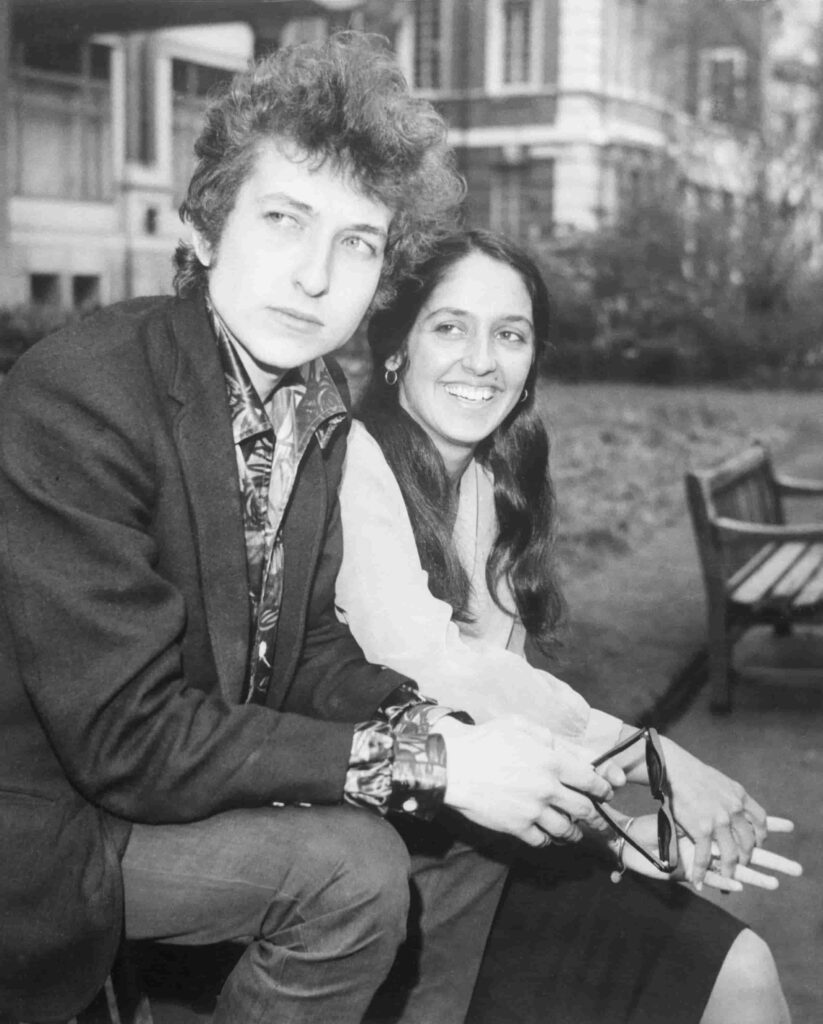
A poignant anthem of self-awareness and the refusal to be someone else’s ideal, “It Ain’t Me Babe” captured the spirit of a changing era.
Ah, the mid-1960s. A time of fervent change, when the air crackled with youthful rebellion and a yearning for authenticity. Amidst this cultural whirlwind emerged a song, seemingly simple in its construction, yet profound in its message: “It Ain’t Me Babe.” While the iconic voice most often associated with this tune is that of Bob Dylan, it was the crystalline soprano of Joan Baez that first brought its gentle defiance to the Billboard charts. Released in 1965, Baez‘s rendition, featured on her album “Farewell, Angelina,” resonated deeply with audiences, climbing to a respectable number 55 on the Billboard Hot 100. This placement, while perhaps not stratospheric, spoke volumes about the song’s quiet power and its ability to connect with listeners on an emotional level.
The story behind “It Ain’t Me Babe” is as intriguing as the song itself. Penned by Bob Dylan, it is believed to have been written in the fall of 1964, a period of intense creative ferment for the young artist. While the exact inspiration remains somewhat shrouded in the mists of time and artistic license, many surmise that the lyrics emerged from a relationship nearing its end. It speaks of a lover who is perhaps seeking an idealized version of a partner, someone to fulfill a specific set of needs and expectations. But the narrator, with a firm yet tender resolve, declares, “No, no, no, it ain’t me, babe.” This isn’t a harsh rejection, but rather a gentle setting of boundaries, a recognition of one’s own identity and an unwillingness to be molded into someone else’s dream.
The beauty of “It Ain’t Me Babe” lies in its layered meaning. On the surface, it’s a straightforward song of parting ways. However, delve a little deeper, and you’ll find a powerful statement about self-acceptance and the importance of being true to oneself. In an era where societal pressures often dictated roles and expectations, this song offered a refreshing perspective. It suggested that love shouldn’t come at the cost of one’s own identity, that it’s better to walk away than to pretend to be someone you’re not. This message resonated particularly strongly with a generation grappling with questions of identity and individual freedom.
Joan Baez‘s interpretation of the song brought a unique tenderness to its core. Her pure, unwavering vocals imbued the lyrics with a sense of melancholy and understanding. While Dylan‘s version often carries a more direct, almost brusque tone, Baez‘s rendition feels like a gentle farewell, a loving acknowledgment that sometimes, paths must diverge. Her arrangement, typically featuring her signature acoustic guitar work, often emphasized the song’s introspective nature, allowing the listener to truly absorb the emotional weight of the words.
It’s fascinating to note the dynamic between Joan Baez and Bob Dylan during this period. They were not only prominent figures in the burgeoning folk music scene but also romantically involved for a time. Their musical collaborations were significant, with Baez often championing Dylan‘s early work and bringing it to a wider audience. “It Ain’t Me Babe” stands as a poignant marker in their intertwined careers, a song written by one and popularized by the other, each artist lending their distinct voice to its enduring message.
Looking back, “It Ain’t Me Babe” remains a timeless reflection on love, identity, and the courage to be oneself. It’s a song that speaks to the heart, reminding us that true connection can only flourish when built on a foundation of authenticity. For those of us who remember the era of its release, it evokes a sense of nostalgia for a time of change and a simpler musical landscape, yet its message continues to resonate with new generations who grapple with the same fundamental questions of self and relationships. It’s a gentle yet powerful reminder that sometimes, the most loving thing you can do is to simply say, “It ain’t me, babe.”